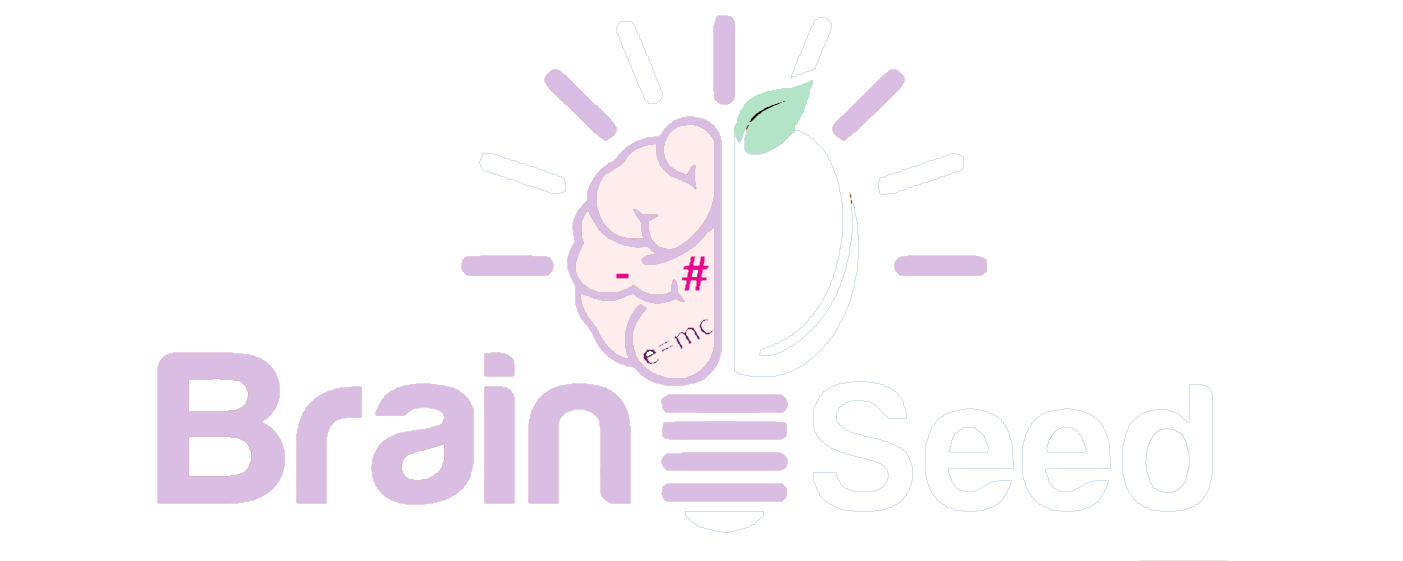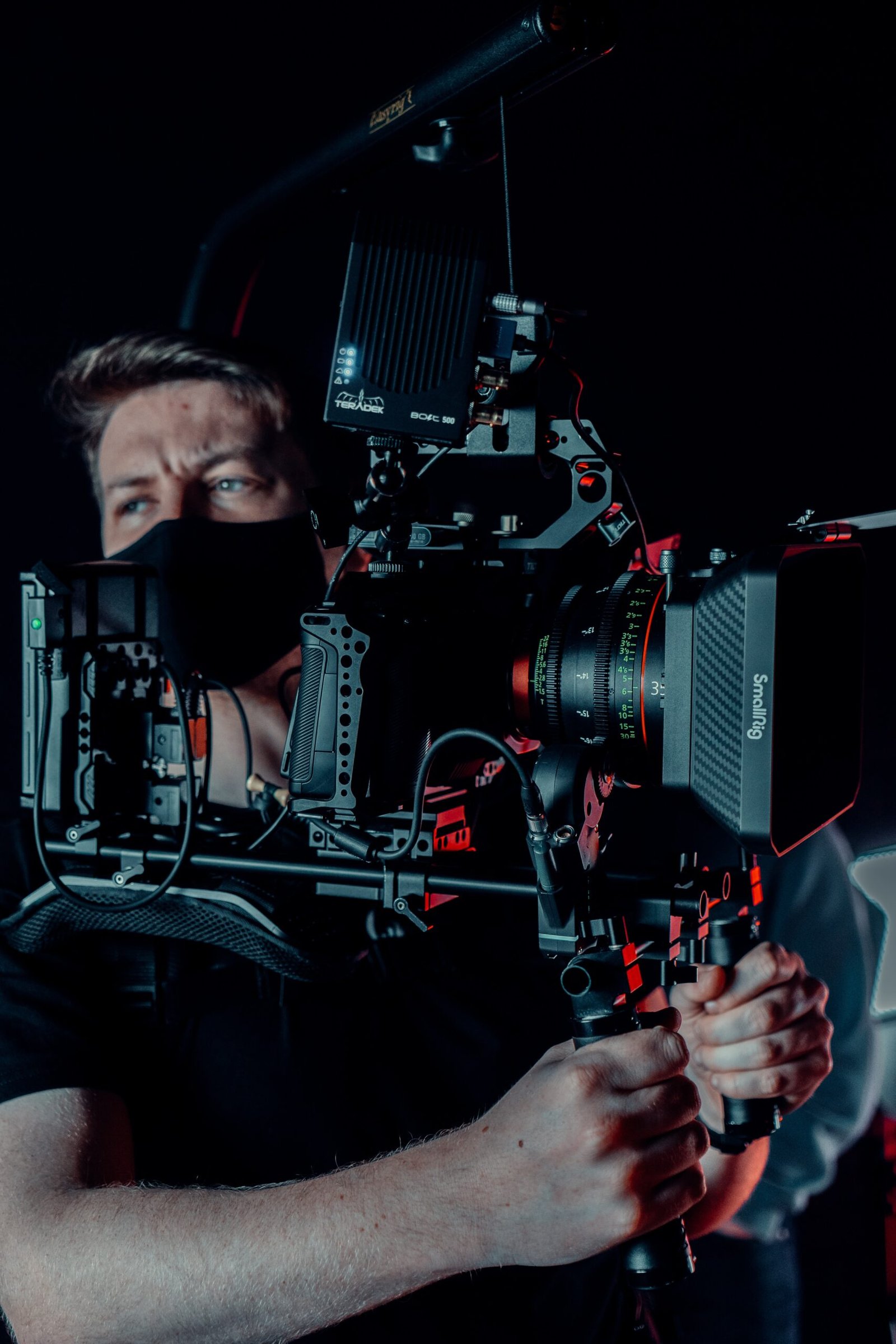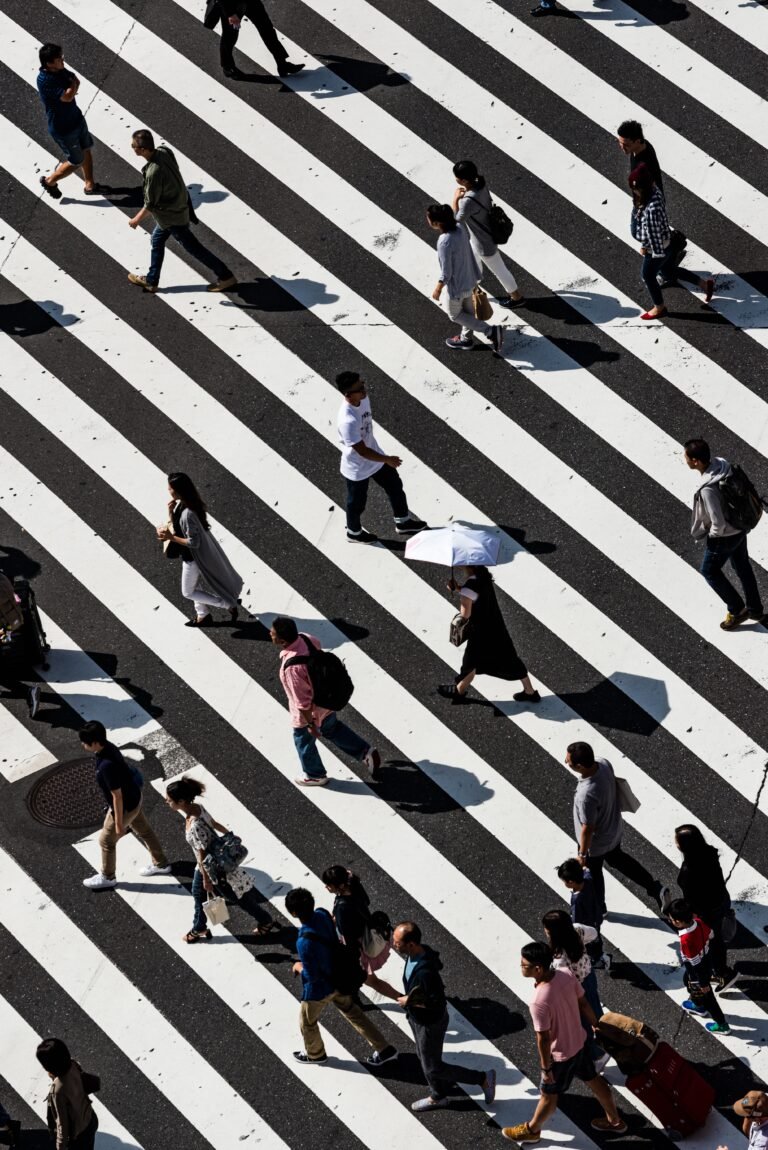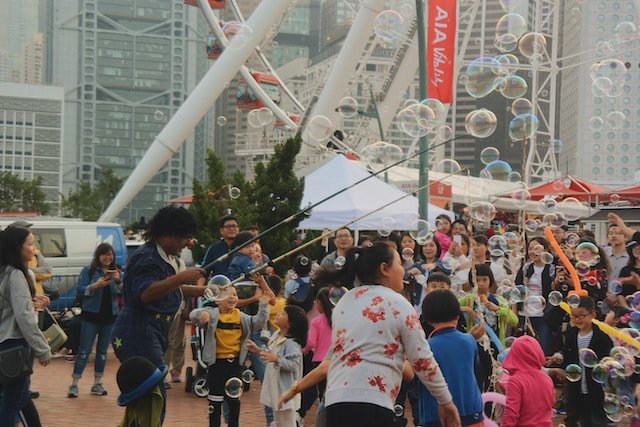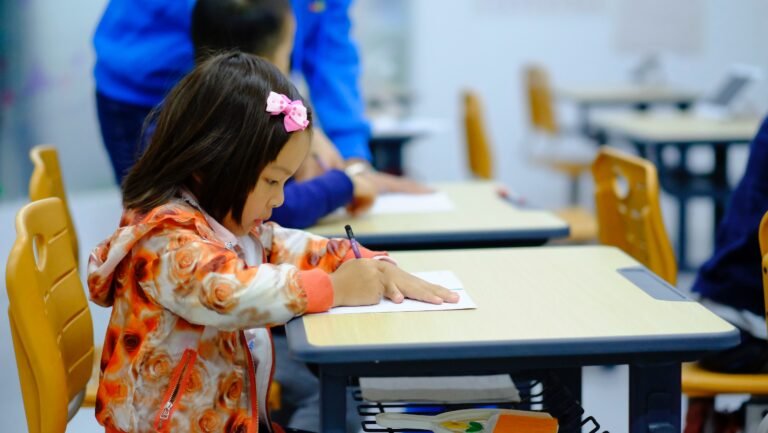The use of multimedia and technology in drama performances
The use of multimedia and technology in drama exhibitions has become increasingly popular in recent times. Advancing technology has opened up new opportunities for theater producers to enhance their productions with advanced effects, projections, and soundscapes. This article explores the use of multimedia and technology in show exhibitions and its impact on audience perception.
Enhancing Drama Exhibitions with Multimedia and Technology
Multimedia and technology can be used in various ways to improve drama exhibitions. One common use is projecting images or videos onto the stage background or props. This creates a dynamic and immersive visual experience for the audience, bringing the story to life in new and exciting ways. Projection mapping, a technique that involves projecting images onto 3D surfaces, can also be used to create stunning visual effects that enhance storytelling.
Sound is another significant element of drama exhibitions that can be enhanced using technology. Soundscapes, music, and sound effects can be digitally created and controlled through software and hardware to create a fully immersive audible experience. This can include the use of surround sound, binaural recording techniques, and the integration of live music or sound effects into the performance.
Interactive technology can also be used to engage the audience and create a more interactive and participatory experience. This can include the use of audience response systems, interactive projections, and augmented reality. In some productions, the audience may even be given a role to play, interacting with the performers and influencing the outcome of the story.
Impact of Multimedia and Technology on Audience Perception
One notable example of the use of multimedia and technology in drama exhibitions is the Broadway musical “Hamilton.” The production incorporates hip-hop music, multimedia projections, and a unique staging design to create a dynamic and immersive experience for the audience. The use of projections and digital effects helps to transport the audience to different locations and times, while the hip-hop music and other projections bring a fresh perspective to the historical story.
The use of multimedia and technology in drama exhibitions can significantly impact audience perception. It can create a sense of immersion and engagement that traditional theater techniques may not be able to achieve. It can also help to attract younger and more tech-savvy audiences to the theater, bringing new life and energy to the art form.
However, there are also some potential downsides to the use of multimedia and technology in drama exhibitions. It can be expensive to produce and may require a high level of technical expertise. It can also be distracting if not used appropriately, taking away from the central story and performances.
Conclusion
In conclusion, the use of multimedia and technology in drama exhibitions has become increasingly popular, offering exciting opportunities for theater producers and audiences alike. While there are some potential downsides to this trend, it has the potential to create a more immersive and engaging experience for the audience and attract new audiences to the theater. As technology continues to advance, we can expect to see even more innovative and exciting uses of multimedia and technology in show exhibitions in the future.
Are you looking for a fresh and exciting way to engage your school’s drama program or your child’s creativity? Try YouTube drama! It’s a fun and modern way for students to create and perform in their own videos. YouTube drama is flexible, convenient, and can even reach a wider audience. Plus, it teaches valuable skills like video production, editing, and storytelling. Click here to learn more about how YouTube drama can benefit your school’s drama program.
